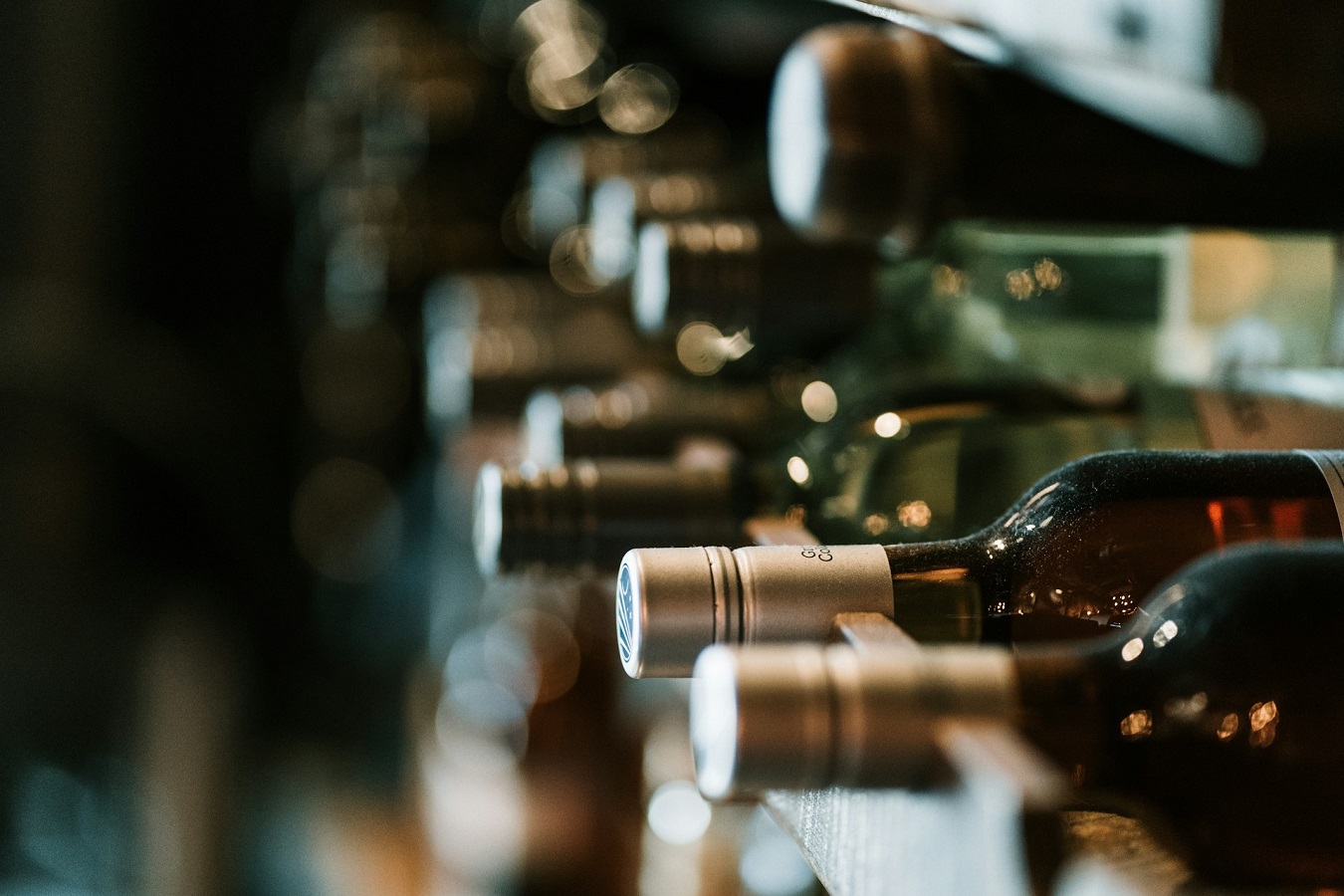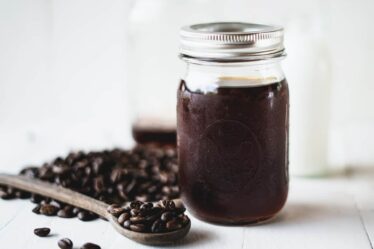
Bordeaux is a region that evokes a sense of prestige and history in the world of wine. Situated in the southwest of France, it is famous for its exceptional wines that have captured the hearts of connoisseurs and enthusiasts worldwide. Beyond its renowned taste and quality, those high-end cuvees hold a fascinating array of stories and trivia. Here are interesting facts that illuminate the allure of Bordeaux wines!
Left Bank vs. Right Bank
We all know that Bordeaux wines are known and loved, but some people may not be aware that the region is divided by the Gironde Estuary into two distinct regions named the Left Bank and the Right Bank. Each bank has its own unique terroir and grape varieties, leading to distinct styles of wine. On the Left Bank, wines are dominated by Cabernet Sauvignon, known for their firm tannins and aging potential. Famous appellations such as Medoc and Pauillac call the Left Bank home. Conversely, the Right Bank favors Merlot, producing wines that are softer and more approachable in their youth. Iconic appellations like Saint-Emilion and Pomerol are found here.
The Classification System
Bordeaux boasts one of the oldest and most revered wine classification systems in the world. In 1855, Emperor Napoleon III requested a classification of the region’s best wines for the Exposition Universelle de Paris. The resulting Bordeaux Wine Official Classification of 1855 classified wines from the Médoc and Sauternes regions into five tiers, known as “growths” or “crus,” based on their reputation and price. This classification, with few revisions, remains largely intact to this day. It solidifies the status of prestigious chateaux such as Chateau Lafite-Rothschild and Chateau Margaux.
The Bordeaux Terroir Diversity
Bordeaux’s terroir is incredibly diverse. It encompasses a range of soil types, microclimates and topography. From the gravelly soils of the Left Bank to the limestone and clay of the Right Bank, each subregion imparts its own unique characteristics to the wines. This diversity allows for the production of a wide array of styles, from the structured and age-worthy wines of Pauillac to the lush and fruity wines of Saint-Emilion. Whether you prefer bold and powerful reds or elegant and aromatic whites, Bordeaux has something to offer every palate.
The Historical Significance of Bordeaux Wines
Bordeaux’s viticultural history dates back over two thousand years, making it one of the oldest wine-producing regions in Europe. The Romans were the first to cultivate vineyards in Bordeaux, recognizing its potential for winemaking. Over the centuries, Bordeaux wines gained international acclaim and has become a symbol of luxury and prestige. The region’s rich history is reflected in its picturesque chateaux, centuries-old vineyards and time-honored winemaking traditions.
The Impact of Bordeaux Blends
Bordeaux’s winemaking tradition revolves around the art of blending different grape varieties to achieve balanced and complex wines. The classic Bordeaux blend typically includes Cabernet Sauvignon, Merlot, Cabernet Franc, Petit Verdot, and Malbec. However, winemakers often experiment with varying proportions and additional grape varieties to create unique expressions of Bordeaux wines. This emphasis on blending has influenced winemaking practices worldwide, shaping the concept of varietal blending in regions beyond Bordeaux.
The Bordeaux Wine Brotherhoods
Bordeaux is home to several esteemed wine brotherhoods, or “confréries,” dedicated to preserving the region’s winemaking heritage and traditions. These brotherhoods, such as the Jurade de Saint-Émilion and the Commanderie du Bontemps, play a vital role in promoting Bordeaux wines through various events, ceremonies, and tastings. They also contribute to fostering a sense of camaraderie among winemakers, aficionados, and enthusiasts, further enriching the cultural tapestry of Bordeaux’s wine industry.



